An Evening of “Play” As Houston Ballet Celebrates the City’s Resilience
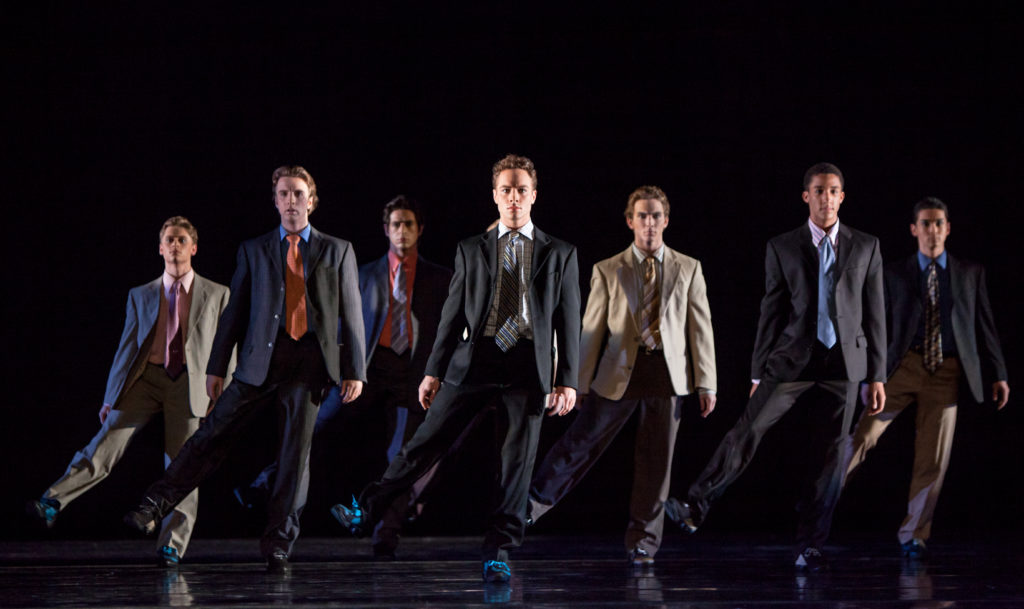
Artists of Houston Ballet in Stanton Welch’s Play. Photo by Amitava Sarkar (2013)
The weekend is for play, and June 8-10, Houston Ballet will do just that in its final mixed repertory bill of the season, a one-of-a-kind performance celebrating the city’s resilience following the devastation of Hurricane Harvey.
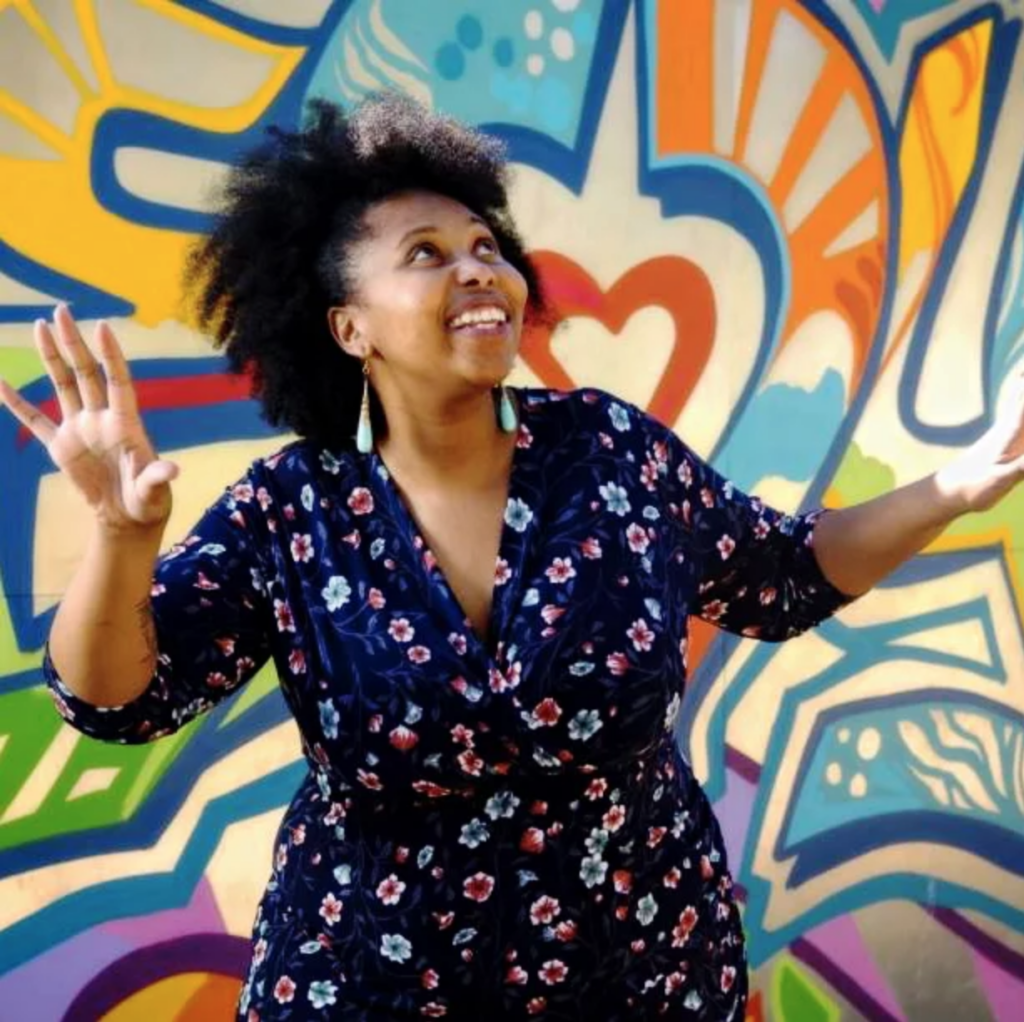
Deborah D.E.E.P. Mouton
The program will feature six choreographic works, including artistic director Stanton Welch’s “Play,” his reimagined “Bolero Triptych” and four world premieres. Two of the new works will showcase artistic collaborations with local poets, Deborah D.E.E.P. Mouton and Emanuelee “Outspoken” Bean, who will present spoken-word pieces alongside the dancers’ movement.
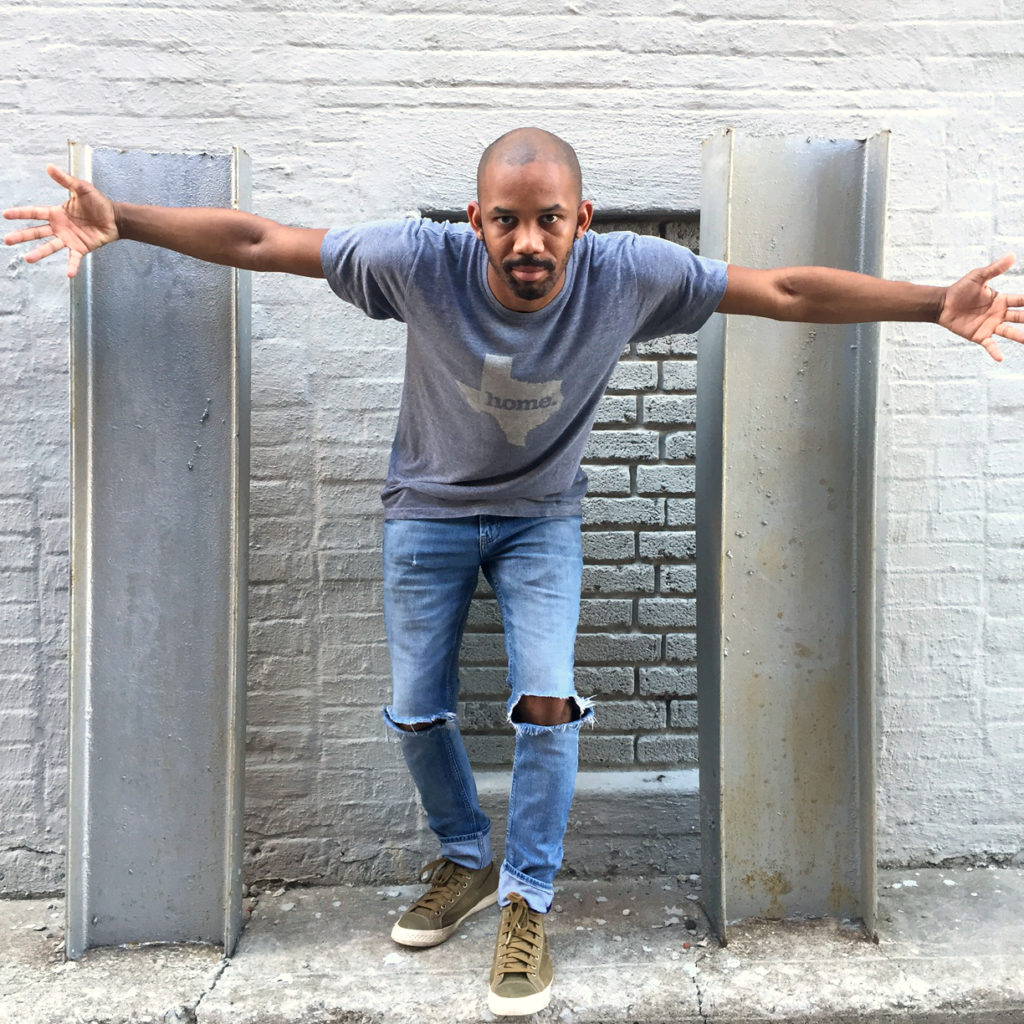
Emanuelee “Outspoken” Bean
“Being a part of this project is pretty powerful,” Bean said, “and it’s meaningful because Houston Ballet is taking a risk on a craft that a lot of organizations, foundations and people aren’t willing to take a risk on.”
Both sides of Bean’s family hail from New Orleans, so Harvey was not the first natural disaster to bring upheaval to the performance poet’s life. When Hurricane Katrina hit, he was a sophomore at Prairie View A&M University. “The emotional impact was heavy still,” he said.
As Harvey tore through Houston, Bean turned to pen and paper, but “What the H Stands For” is a new piece entirely, made specifically with Welch’s vision in mind. His work stems from past conversations with people, one of whom is Beyoncé, about the city and its vast opportunities. “I know that Houston has a lot to offer and has always had a lot to offer other than the devastation of Hurricane Harvey.”
Houston Ballet was directly impacted by the monstrous storm, as flooding caused damage to its own Center For Dance, as well as its performance venue, the Wortham Theater Center. With this immersive, three-sided-stage production at the George R. Brown Convention Center, the company nears the end of its Hometown Tour across the city.
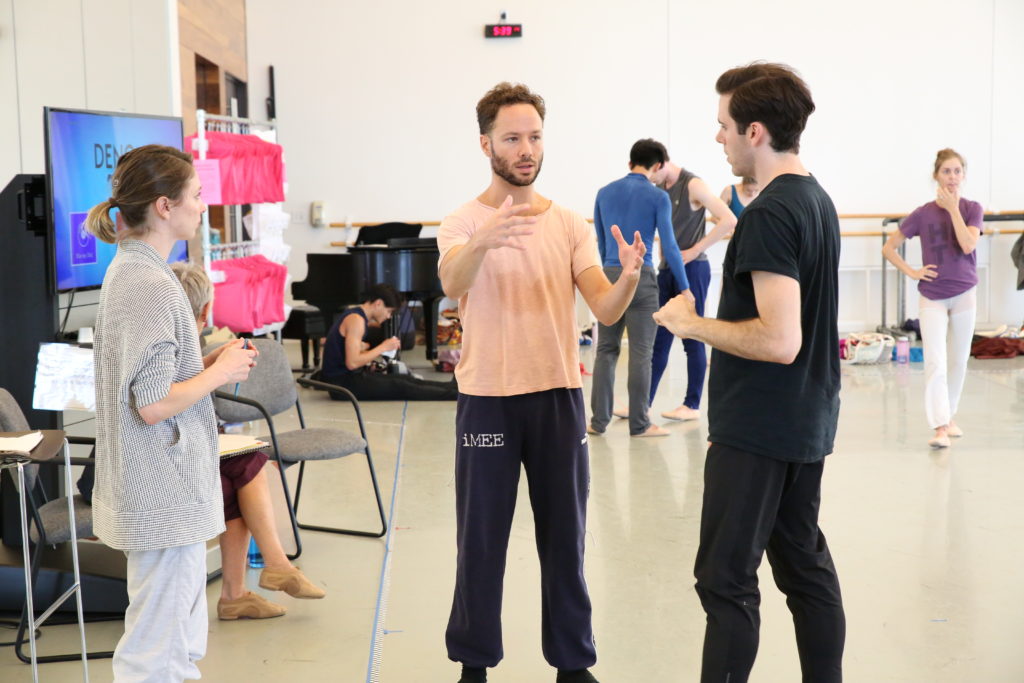
Choreographers Oliver Halkowich, Melody Mennite and Connor Walsh in What we keep rehearsal. Photo by Amitava Sarkar (2018)
The works being performed are all creations by Welch, except for one titled “What We Keep,” featuring choreography by Melody Mennite, Oliver Halkowich and Connor Walsh – a trio that has collaborated together before, particularly for their dancer-led project REACH.
“The three of us have watched each other live a lot of life in and out of the studio,” Mennite said. “The amount of transparency and vulnerability we can communicate with one another in relation to our art is very unique, and while the three of us couldn’t be more different in the way we think and create sometimes, we really find commonality in what we are passionate about. We respect each other deeply as artists and as humans.”
In continued conversations – and get-togethers involving Chinese food, pizza, colored pencils, laughing fits and music marathons – a theme of nostalgia and impermanence emerged, Mennite explained. The three dancers latched onto the concept of disparate experiences of a singular event, and how people in Houston were individually affected by the same catastrophe.
“While some remained nearly untouched and in their strangely isolated bubble,” Mennite said, “others suffered unbearable loss and chaos.”
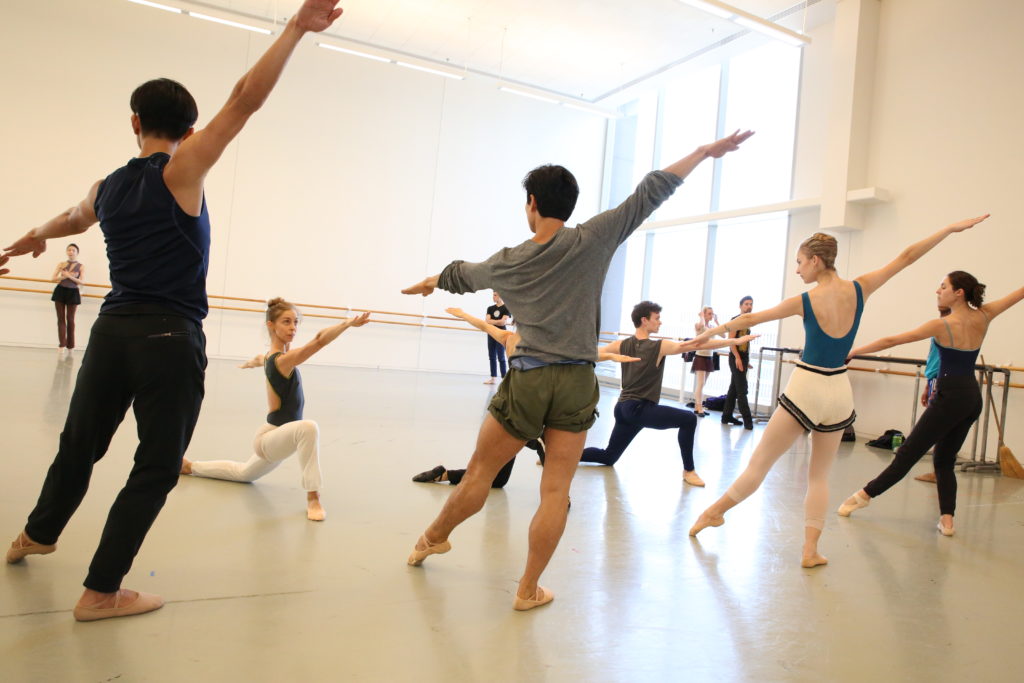
Artists of Houston Ballet in Choreographers Oliver Halkowich, Melody Mennite and Connor Walsh’s What we keep. Photo by Amitava Sarkar (2018)
Even they, as choreographers, brought different perspectives to the table, and within their movement, they had to find cohesion – a detail that Mennite relates to how everyone in the city pulled together and supported each other as a community.
Intentionality plays a major role in the program, and intentionality is what Bean attributes to creating deeper conversations within oneself and with others. This is where the power of poetry lies, he explained. “Poetry when written from the heart, will speak from the heart. Poetry when performed from the heart, it will speak to the heart.”
Harvey caused no damage to Bean’s home, but like Katrina, the uncertainty and fear produced much psychological and emotional distress – a distress felt by many in Houston and throughout its surrounding areas, and a distress that was overcome by strength and resilience.
“My poem,” he said, “is a small verbal reminder of how Houston is much more than a hurricane.”
“Play,” formerly titled “Global Movements,” will be performed on June 8 and 9 at 7:30 p.m. and on June 10 at 2 p.m. at the George R. Brown Convention Center’s General Assembly Hall. For more information and to purchase tickets, visit houstonballet.org.



Recent Comments